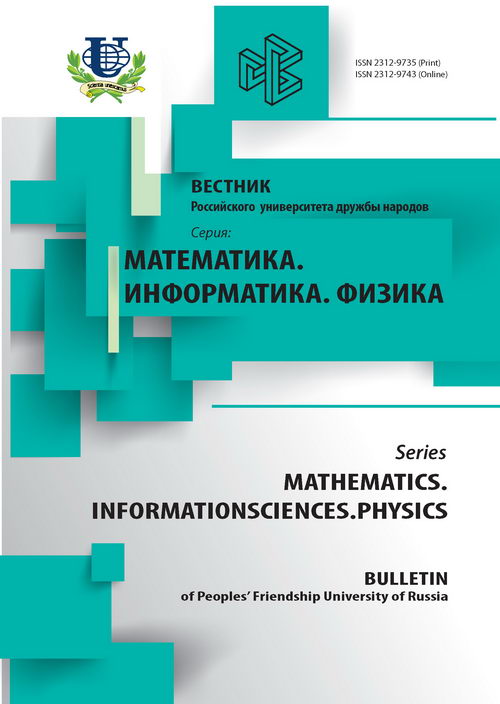Analysis of the Multichannel Exponential System of Service with the Limited Store and Resequence of Requests
- Authors: Matyushenko SI1, Pyatkina DA1, Kalenichenko VN1
-
Affiliations:
- Peoples’ Friendship University of Russia
- Issue: No 1 (2016)
- Pages: 5-10
- Section: Articles
- URL: https://journals.rudn.ru/miph/article/view/8611
- ID: 8611
Cite item
Full Text
Abstract
The multi-channel finite-capacity queuing system with Poisson flow is considered. The customer caught all the places in the queue employed, is lost and will not affect the functioning of the system. The service times are random, independent and have exponential distribution. Intensities of service are different. The customer with the possibility of selecting a device, choosing from available devices one, that has the highest intensity ofservice. On leaving the system there is a buffer in which there is a resequence of customers according to order of their receipt. Functioning of the system is described by uniform Markov process. In the assumption that intensities of the flow and service of customers are finite the final probabilities of statuses of Markov process exist, are strictly positive, don’t depend on initial distribution and match the stationary probabilities. An algorithm to calculate the stationary probabilities of the state of the system we developed in previous work. The main objective of this work is to obtain the stationary performance of the system based on the results of previous work. The distribution function of the resequence time was obtained. The numerical analysis of dependence of the average resequence time from the system load and number of devices was considered.
About the authors
S I Matyushenko
Peoples’ Friendship University of Russia
Email: matushenko@list.ru
Department of Applied Probability and Informatics
D A Pyatkina
Peoples’ Friendship University of Russia
Email: daria_pu@mail.ru
Department of Applied Probability and Informatics
V N Kalenichenko
Peoples’ Friendship University of Russia
Email: vnkalenichenko@yandex.ru
Department of Applied Probability and Informatics
References
Supplementary files















